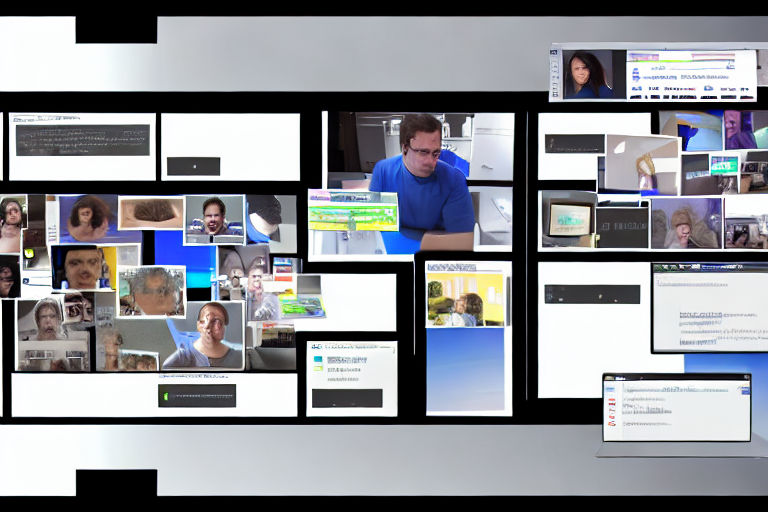Boosting Your Web Development Skills: Understanding WebSockets
Web developers play a critical role in creating sophisticated web applications with a high-level performance. Achieving this requires skills in developing web infrastructure, which is where the WebSocket API comes in. A WebSocket is a bi-directional communication protocol that helps in creating the necessary infrastructure for real-time web applications.
What are WebSockets?
WebSockets are designed to overcome the limitations of a traditional client-server HTTP connection. This bi-directional communication protocol enables a WebSocket server to push content to a client without the client having to make an HTTP request.
Why Use WebSockets?
WebSockets have become popular because they have several advantages over other techniques of communication between a client and a web server.
-
Real-time Communication: WebSockets help to encapsulate real-time communication channels between the client and the server, providing faster data transfer with lower latency.
-
Low Overhead: WebSockets have low overhead because they only require a single initial handshake to establish a connection, then data can be transmitted directly between server and client.
-
Compatibility: WebSockets are highly compatible and can work on various devices, making them a reliable option for web communication.
-
Bi-Directional: Unlike the HTTP protocol, which is unidirectional, WebSockets communication can be initiated by either the client or server, and both can send data in either direction.
Using WebSockets
To use WebSockets, you need to build a WebSocket server that can accept the connection requests from clients. You can use any language, as long as it has a WebSocket server library, such as Node.js or Python.
Once the server is set up, the client can establish a WebSocket connection through the server using the WebSocket API. The WebSocket API has a simple API that includes methods like WebSocket.send() for sending data to the server and WebSocket.onmessage() to receive data from the server.
Conclusion
In summary, WebSockets are essential in modern web development, and developers should learn this protocol to keep up with the ever-changing technological landscape. With WebSockets, you can create real-time web applications that can provide seamless communication between a client and a server, without the need for constant HTTP requests. By understanding WebSockets and leveraging their advantages, web developers can build high-performance applications that meet user demand for fast and responsive web experiences.



